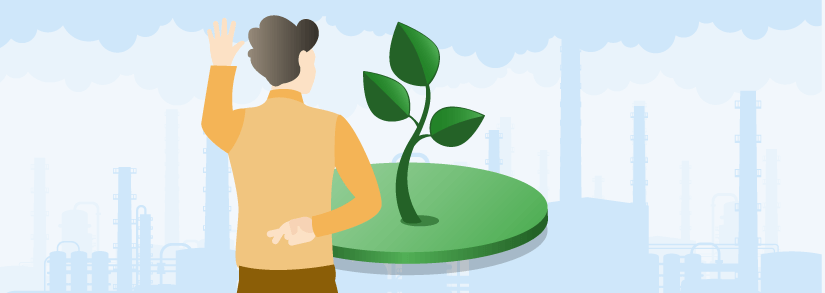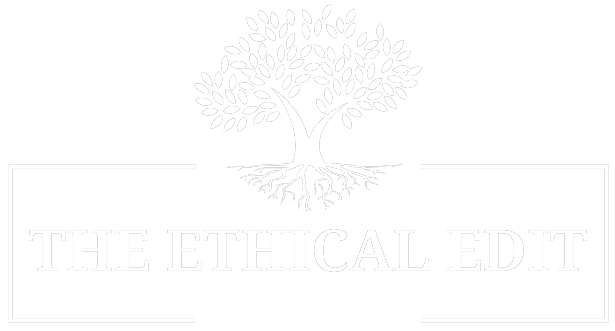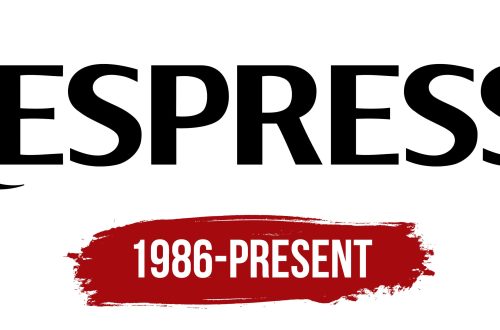
Greenwashing 7 Sins
Greenwashing: Understanding its Presence in Marketing and how to Identify it
Some companies do all they can to get you attracted to their products. They try numerous tactics, and one of them is greenwashing. This is the process of giving the implication the company is doing more for the environment than they really are. They understand many consumers look for eco-friendly products. When the market in such a way, they can get that share of their target audience. The business doesn’t go to its competitors. It is legal, but it isn’t a good practice for them to be involved with.
As consumers learn more about greenwashing and the companies involved, they send a clear message. They don’t wish to buy from such entities, no matter how great the product is or how great the price is. They want to be treated fairly and they don’t take kindly to this form of misrepresentation. Consumers have to dissect what is shared in marketing. What is really said? What is perceived?
Marketing efforts look at the psychology of a person and their response. You may think they are trying to inform you through their ads and even who is in those ads. In reality, they are trying to convince you they are eco-friendly and involved in Fair Trade practices. They never come right out and say that though – because that would get them into hot water from a legal standpoint.
What To Look For
Some formats of greenwashing are much easier to identify than others. Don’t be too harsh with ourself if you let something slip under the radar. Their marketing experts have more experience with creating that false sense of reality than you do with uncovering it! Hold the business accountable and look for honesty. Ask the tough questions and verify the information. Complete your own research so you can verify what they are actually doing for the environment.
If you can’t find such proof, they likely are involved in greenwashing. Some keywords that should stand out to you in such ads include the word eco-friendly but they don’t say HOW they are doing that. If you ask them for information, they either don’t respond or they give you a vague answer so you can’t use what they say as evidence against them.
Don’t spend hours and hours digging for the proof. If the information can’t be substantiated by an objective 3rd party that speaks volumes about it. One of the biggest products where greenwashing takes place is the toilet paper industry. How many times have you heard a company say a percentage of the product is recycled? Do you just take that at face value? If you were to dig into it, there is nothing to back up those claims or those percentages.
How Do They Get Away With It?
Consumers believe that there is no way a company could get away with greenwashing. They believe they are held accountable, to be honest in what they advertise. The problem is there are plenty of shades of grey with it. There isn’t just black and white and that is where the deceit comes into the picture and they do get away with it.
Often, such ads are vague rather than specific. If they were to tell a specific statement and that is false, then they can be held accountable. They like to say things are more sustainable or that they are natural. What they don’t answer is it is more sustainable than what? What they don’t answer is what percentage of it is natural? There may be some natural ingredients in there but not all of them. It all comes down to how they word it, and they do it in a manner that prevents them from being liable. Yet it still gets a positive response from consumers.
The same holds true with labels. They use words to indicate the product is better than others but how are they verifying it? They may give an impression to make you think a credible 3rd party is endorsing them. It isn’t until you conduct your own investigation though that you discover no such endorsement exists!
Some of them go as far as to say the product is free from hormones. That is a common part of labels you will see on chicken sold in Canada. People even pay more for products that have such labels on them. What many consumers don’t know is that raising chickens with the use of hormones has been banned in Canada since the 1960s. ALL chicken sold there is hormone-free, but the advertiser is trying to make you think you get added value and a healthier product when you buy their items.
Always Fact Check
There are plenty of brands out there, and it may blow your mind to discover plenty of them are owned by parent companies with an awful reputation! For example, Nespresso is owned by Nestle. They don’t advertise that fact because Nestle has a terrible reputation for not protecting human rights with their production. They don’t want consumers that avoid buying Nestle products to also avoid buying other brands like Nespresso that also fall under them.
How is the product created? One example is companies claiming to use fibres that are better for the environment to make clothing. They drive home that fact, but they don’t disclose they are creating the clothing in factories in poor countries. They are paying very low wages and the working conditions are horrific. In some instances, child labour is involved. On one hand, what they create is better for the environment, but an ethical consumer would never purchase it due to how it is created.
Don’t let the packaging on products fool you either. For example, when you see packages with trees, your mind may think eco-friendly. In reality, they aren’t claiming that and they aren’t eco-friendly. Yet they didn’t accidentally select packaging like that – it was a conscious choice to evoke the unconscious response they want from consumers that see such an item. Get into the habit of reading labels and identifying ingredients.
Who Is Taking Part In Greenwashing Tactics?
The list of companies taking part in greenwashing tactics is a lengthy one. Through diligent consumers that look into claims and read labels, many of them have been stopped in their tracks. They can’t use the environment as a way to get people to buy those products. Here are some companies you may be familiar with. It may surprise you to see some of your favourites on this list too!
- Beyond Petroleum
- Coca-Cola
- ExxonMobil
- Greenworks (by Clorox)
- H&M
- IKEA
- Nespresso (by Nestle)
- Starbucks
- Volkswagen
- Water companies selling products in plastic bottles
- Zara Clothing
Take Action
Consumers have every right to be informed about the products they buy. Many are angry and upset when they learn about Greenwashing. There are actions you can take to help reduce this problem. Always research what a company shares with you. If that information can’t be confirmed by outside sources, don’t just take it at face value.
Join online forums and groups that advocate for Fair Trade practices. There is a wealth of information found on those sites. You can type in a business name or keywords and find all the posts about them. This is a wonderful way to get information fast. You can also share what you find about a business and greenwashing with others on those sites.
Consumers can take a stand by not buying products from companies that take part in greenwashing. It sends a clear message to them that their unethical behaviour has cost them customers. On the other hand, buying from entities that have gone the distance to engage in Fair Trade practices should be rewarded with your business. They have invested the time and money to do everything they can to help the environment. At the same time, they offer remarkable products to their consumers!
Write to your politicians and let them know how you feel about greenwashing. Learn about incentives and proposals going on at various levels in politics about this issue. Consider joining forces with groups in place educating the public about greenwashing practices. Your voice can be heard through your actions.





